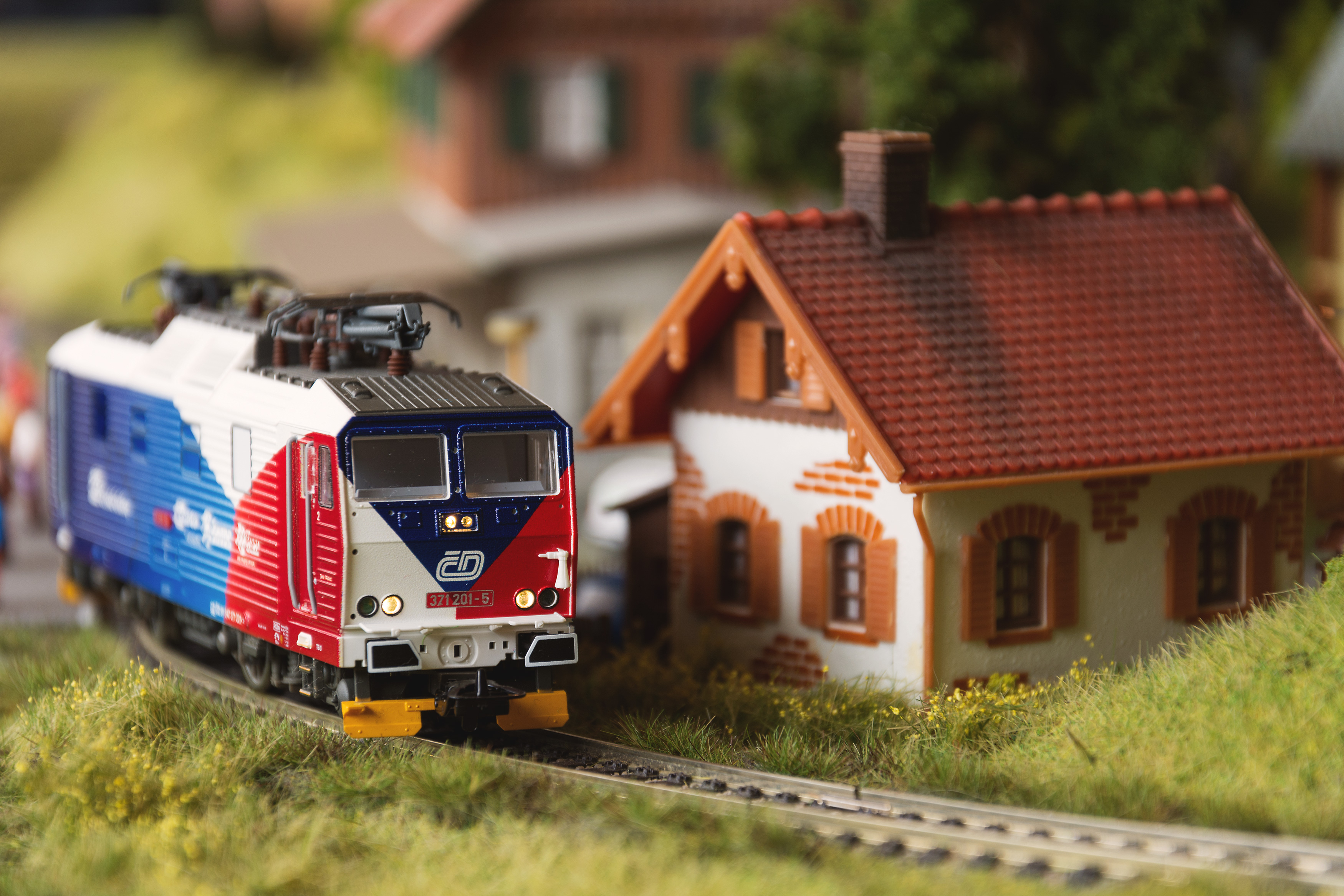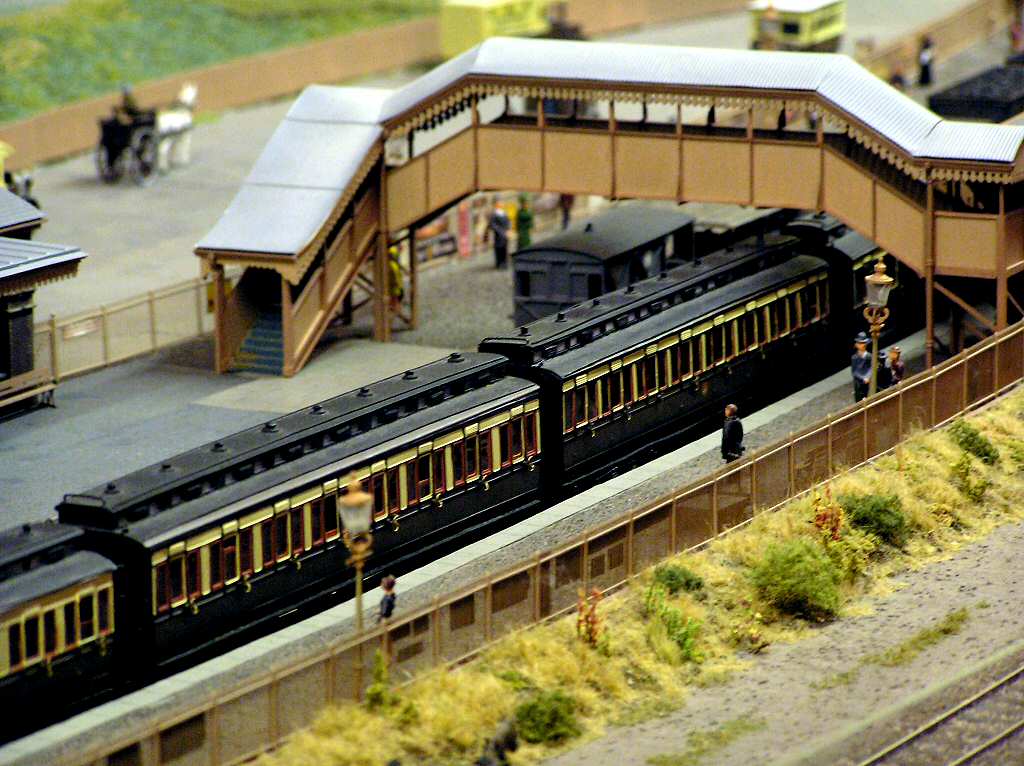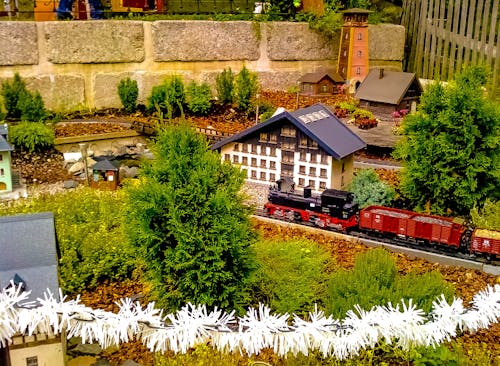History of Model Trains
Model railing is one of the popular hobby around the globe without any age, gender restrictions. Main reason for the popularity is the visual appealing of the exercise and Ove helming joy generate from the connection of nuts and pieces from the scratch.
Model train building and railing started in ENGLAND during 1820s. Form there, the model railway systems have been innovated, modified and elevated to a whole new level with advance technological interventions and new creative inputs. With the time, demand for new models, functions which are close to the real trains and elements have further increased the interest toward the hobby.
Innovation of the model railways have faced to a major development in 1800s especially with electric powered and custom build models introduced to the market. Metal tracks were introduced in the close time duration which created a whole lot of customization ability for users. Most popular metal track size is o gauge 30mm width tracks that became a common element in 1960s. In 1920, many model trains were introduced to the market which were affordable which created a competition among the manufactures.
In 1950 this became a major hobby especially among boys. As a result mid 1950s there were several types of models introduced to the market especially for adults and children's. Mainly, metal and plastic used for the production as a result, model trains became more attractive and customizable. In 1960S N scale became more popular and later 1960s G scale came to the market. Z scale introduced to the market in 1970S.
Today, many of the model railing systems are electric powered and built with light weight materials for better maneuverings. Many baby boomers are felt in love with new realistic train models and the hobby elevating day by day with both science and art.





Comments
Post a Comment